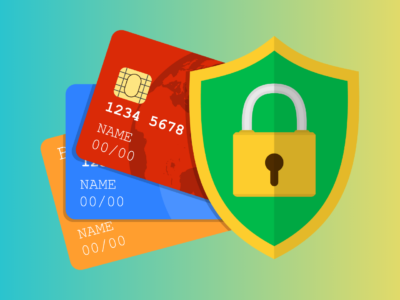In an era where cybersecurity threats continue to evolve, cultivating a culture of awareness and preparedness within your organization is paramount. A well-structured cybersecurity awareness training program can empower your employees to recognize and mitigate potential risks, contributing to a more secure digital environment. In this guide, we’ll explore the steps on how to develop an effective cybersecurity awareness training program for your workforce.
Understanding the Importance of Cybersecurity Awareness Training
Before we delve into the practical steps, let’s understand why cybersecurity awareness training is crucial in today’s digital landscape.
Significance of Cybersecurity Awareness Training
– Risk Mitigation:
Educated employees are better equipped to identify and mitigate potential cybersecurity risks, reducing the likelihood of security breaches.
– Human Firewall:
Employees become a human firewall, actively contributing to the overall security posture of the organization.
– Compliance and Regulation:
Many industries have compliance requirements that necessitate regular cybersecurity training to meet regulatory standards.
Developing a Cybersecurity Awareness Training Program: A Step-by-Step Guide
1. Assess Your Organization’s Cybersecurity Needs
– Risk Assessment:
Conduct a comprehensive risk assessment to identify specific cybersecurity threats relevant to your organization.
– Compliance Requirements:
Consider any industry-specific compliance requirements that may influence the content of your training program.
2. Define Training Objectives and Goals
– Clear Objectives:
Clearly outline the objectives of your cybersecurity awareness training program, ensuring they align with your organization’s security goals.
– Measurable Goals:
Define measurable goals to assess the effectiveness of the training over time.
3. Tailor Content to Your Audience
– Customized Modules:
Create training modules that are tailored to the specific roles and responsibilities of different employee groups within your organization.
– Real-Life Scenarios:
Incorporate real-life scenarios and examples that resonate with your audience, making the training more relatable.
4. Utilize a Variety of Training Methods
– Interactive Workshops:
Conduct interactive workshops, simulations, and hands-on exercises to engage participants actively.
– Online Modules:
Develop online modules for flexibility, allowing employees to complete training at their own pace.
5. Include Phishing Awareness Training
– Simulated Phishing Exercises:
Integrate simulated phishing exercises to help employees recognize and respond to phishing attempts.
– Best Practices:
Provide guidance on best practices for handling emails and avoiding phishing scams.
6. Regularly Update Training Content
– Dynamic Content:
Ensure that your training content evolves to address new cybersecurity threats and technologies.
– Feedback Mechanism:
Establish a feedback mechanism to collect insights from employees and improve the training program continuously.
7. Measure and Assess Training Effectiveness
– Assessment Tools:
Use assessment tools, quizzes, or simulated scenarios to evaluate employees’ understanding of cybersecurity concepts.
– Feedback Surveys:
Collect feedback through surveys to gauge the overall effectiveness of the training program.
Conclusion: Empower Your Organization Through Cybersecurity Awareness
In conclusion, developing a cybersecurity awareness training program is an essential investment in the security and resilience of your organization. By assessing your organization’s needs, defining clear objectives, tailoring content to your audience, utilizing various training methods, including phishing awareness, regularly updating content, and measuring effectiveness, you can empower your employees to be proactive in safeguarding sensitive information.
Remember, cybersecurity is a shared responsibility, and a well-informed workforce is a powerful defense against evolving cyber threats. Implementing a robust cybersecurity awareness training program is a strategic step towards building a culture of security within your organization. Stay vigilant, stay informed, and stay secure!












Comments